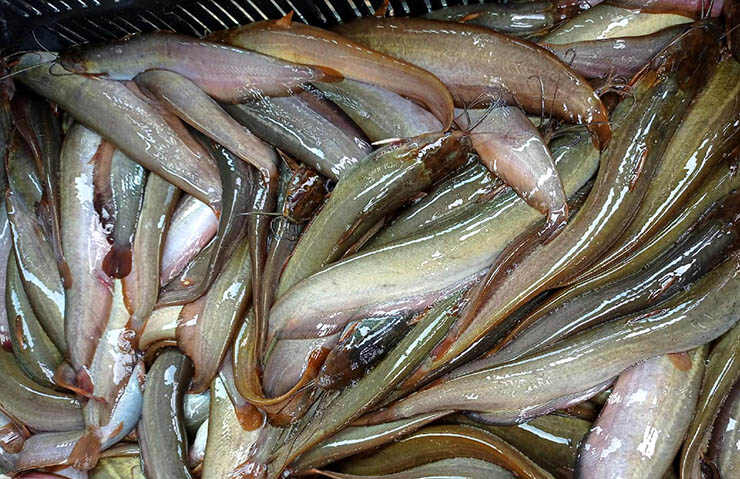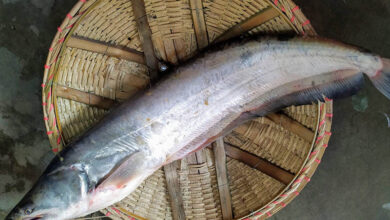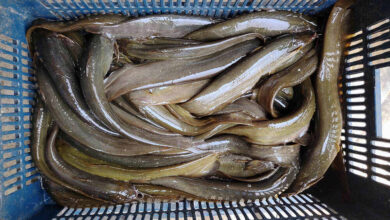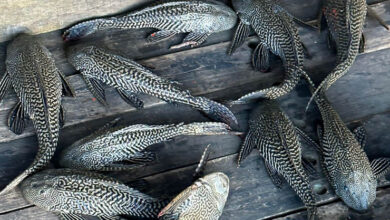
The Asian stinging catfish or fossil cat (Heteropneustes fossilis) is a catfish that breathes air and is frequently called Shing fish or “Shingi” in different parts of Bangladesh.
This species is well-known for its excellent nutritional value and therapeutic benefits in addition to its wonderful flavor. In comparison to many other freshwater fish, it continues to have a high iron and moderately high calcium content. This species is regarded as a valuable food fish species and is suggested as part of the diet for those who are ill or recovering from illness. It is ideal for folks who do not want to consume animal fats because it is a lean fish.
Culture Potentialities of Shing fish:
In several Asian nations, catfish species have important commercial and aquacultural value. Due to their low spine, low fat, and high digestibility, these fish are regarded as being very healthy, appetizing, and delectable. Brackish water is not toxic to catfish. Because catfish fish have large, paired sac-like pharyngeal lungs as auxiliary respiratory organs, they can survive in captivity for an incredibly long time, even in minimal amounts of water. Because of its auxiliary respiratory organs, it can survive well in water with little oxygen.
Challenges & Remedy:
One of the primary challenges for this potential fish species is that it relies heavily on commercial feed, which is not economical for fish farmers. In recent years, shing fish has risen to become one of the most popular commercially cultivable species among fish farmers.
Furthermore, there is a significant risk that farmers, who gradually switch from making their own feed to purchasing it from a factory, could be duped into using commercial feeds without knowing how nutrient-dense they are. This is because there is no strict legislation by the government over control of feed quality and cost.
The availability of fingerling stocking material is the primary barrier to the growth of any species’ aquaculture system. The management of nursery ponds, application of the right nutrients, and amount of supplemental meals are all important factors in the growth and survival of fingerlings. Bangladesh, its culture has not yet prospered in all over Bangladesh due to a lack of suitable nursing and culture technologies, a lack of fry and fingerlings, and other factors. The growth of commercial farming of this species, particularly in the northern region, will be encouraged by the timely supply of good quality and sufficient quantities of fry and fingerling.
In Bangladesh’s open water system of floodplains, canals, beel, and haors, shing fish was in plentiful supply. However, this species is endangered due to overexploitation and various ecological changes in its natural environment. One of the threatened fish in Bangladesh is H. fossilis. It is crucial to create an adequate breeding, nursing, and rearing method for H. fossilis fry and fingerlings given its threatened status, high market value, and strong consumer demand.
Farhana Islam
Agriculturist, Researcher




